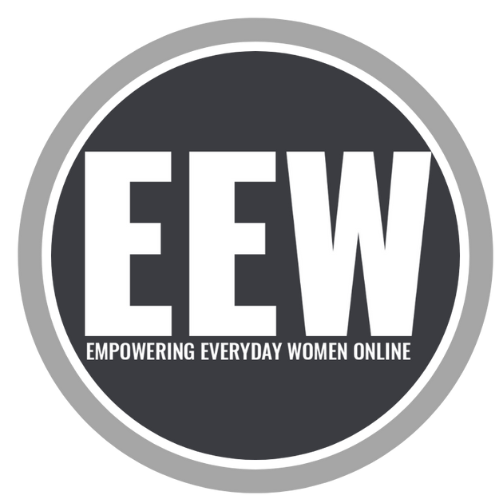Rewriting the Sabbath: Tasha Cobbs Leonard, John Legend, and the Gospel of Mondays
Gospel powerhouse Tasha Cobbs Leonard joins John Legend for “Church,” a stripped-down single that challenges traditions and sparks conversation about worship beyond Sundays. The collaboration draws praise, critique, and fresh questions about gospel’s evolving place in the modern world.
Written By the EEW Magazine Gospel Beat Editors
Tasha Cobbs Leonard and John Legend perform ‘Church,’ a minimalist gospel duet urging worship beyond Sunday routines. (Screenshot via YouTube)
There are certain matchups that, at first glance, seem almost designed to provoke a raised eyebrow.
Tasha Cobbs Leonard, a gospel powerhouse whose 2013 breakout, “Break Every Chain,” remains a staple of modern worship, meets John Legend, the EGOT secular crooner whose piano ballads have soundtracked a thousand weddings and more than a few breakups.
Their new single, “Church,” is less a collision than a conversation, and the Christian music world is, predictably, divided about what that conversation means.
On the surface, “Church” is simple: a piano, a choir, and two vocalists who understand the emotional weight of restraint. The song’s central plea—“Teach me how to have church on a Monday”—is less a doctrinal treatise than a spiritual sigh. It’s a call for worship unmoored from Sunday routines, a prayer for the sacred to spill into the weekday grind.
In an era of declining church attendance and rising “spiritual but not religious” self-identification, the message feels both timely and quietly subversive.
“This song was crafted to be honest and sacred,” Cobbs Leonard told People Magazine, framing “Church” as a kind of liturgical reset. “The aim is to remind people that worship can happen anywhere.”
Tasha Cobbs Leonard's 'TASHA' album cover (Credit: TeeLee Records/Motown Gospel/Capitol CMG, Inc.)
Legend, for his part, called Cobbs Leonard “an inspiring voice” and described the collaboration as “right,” citing its positive message and emotional resonance. No theological footnotes, just a gentle assertion that something holy can survive outside the stained glass.
RELATED: Beyonce’s ‘Church Girl’ Blends Secular and Sacred
But what is gospel, and who gets to define it? The release has triggered a low-simmering debate that’s as old as the genre itself. Some critics, many of them vocal on social media and other platforms, have accused Cobbs Leonard of diluting the gospel’s theological clarity. Where, they ask, is Jesus in all this?
One EEW Magazine Online respondent, invoking 2 Corinthians 6:14, warned of being “unequally yoked.” Another decried “blurred lines,” suggesting that the song’s open-ended spirituality risks affirming disengagement from the institutional church.
Courtesy of Tasha Cobbs Leonard
Yet for every warning, there’s a word of affirmation. “Teach us not to depend on the preacher or instruments,” one listener wrote, grateful for a song that imagines faith as portable, elastic, and unsupervised. Another called the release “uplifting, meaningful and positive,” a kind of spiritual balm in an era of chronic bad news.
RELATED: GloRilla’s BET Gospel Award Sparks Controversy
This is not merely a spat about a song. It’s a microcosm of gospel’s current identity crisis: traditionalists on one side, anxious to preserve doctrinal specificity; innovators on the other, eager to blur boundaries and court crossover success. In the middle are artists like Cobbs Leonard, who must navigate a landscape where every creative risk is scrutinized for its spiritual bona fides.
The debate is only amplified by the scale of Cobbs Leonard’s new album, TASHA, a 15-track affair with contributions from Chandler Moore, Kirk Franklin, and Lecrae. She’s called it “the most personal thing I’ve ever released,” an album full of truth, rooted in faith and autobiography.
To take TASHA on the road, Cobbs Leonard is mounting the “Whole & Free” tour, which kicks off August 31 in Greenville, South Carolina, and sweeps through major cities before wrapping up in November. Naomi Raine and other guests are slated to appear. Tour details are available on her official website, should you want to see what “church” looks like live.
But the real question is what “Church”—the song, the idea—will mean a year from now. Is it the opening of a new chapter for gospel, or just another flashpoint in an endless argument about boundaries and belonging? For now, it’s both: a piano hymn for the Mondays, and a reminder that in gospel music, the real drama is rarely just musical.
In the end, maybe that’s the point. Gospel has always lived at the intersection of the sacred and the secular, the pulpit and the street. “Church” simply asks what happens when the intersection spills out onto the rest of the week.
More on EEW Magazine Online:









